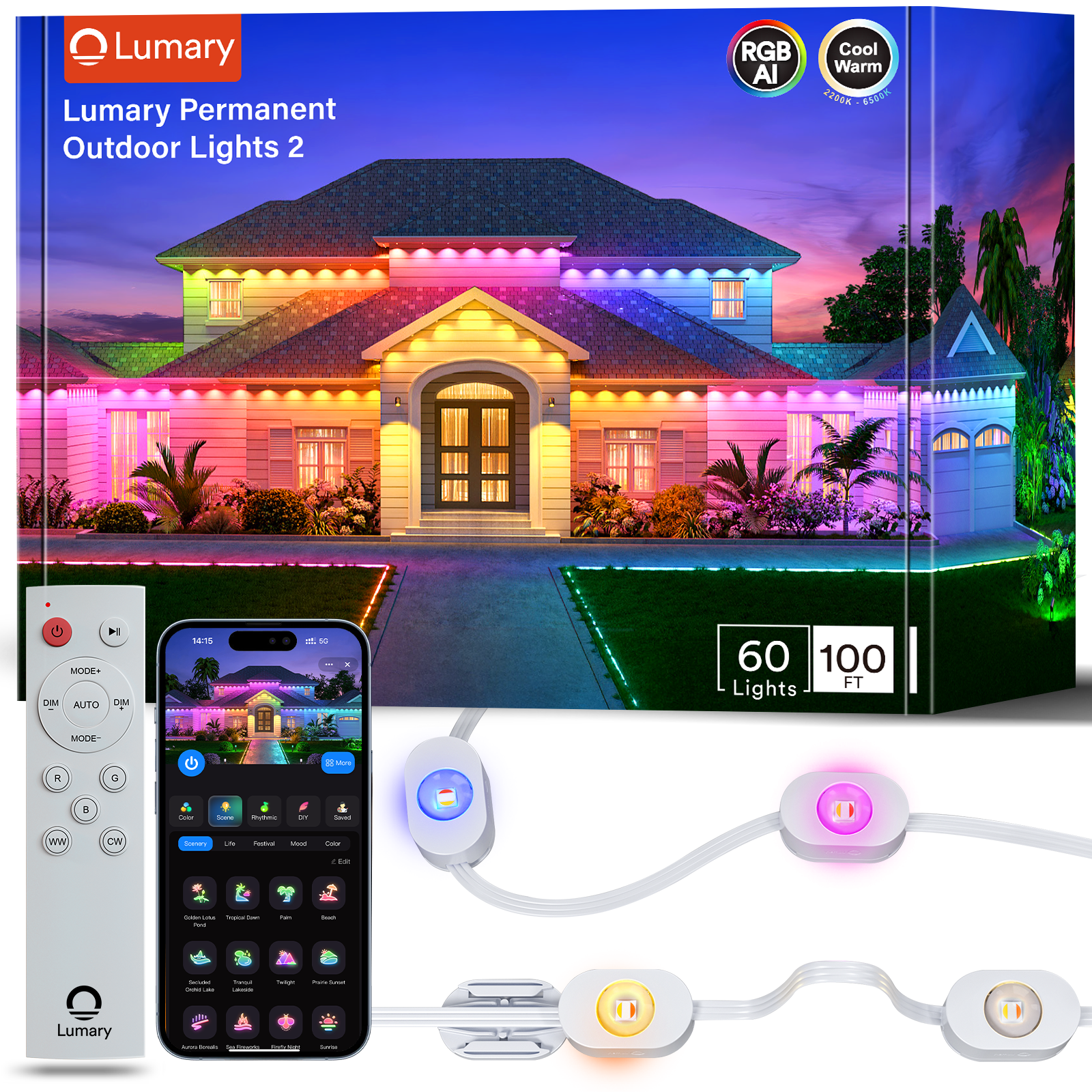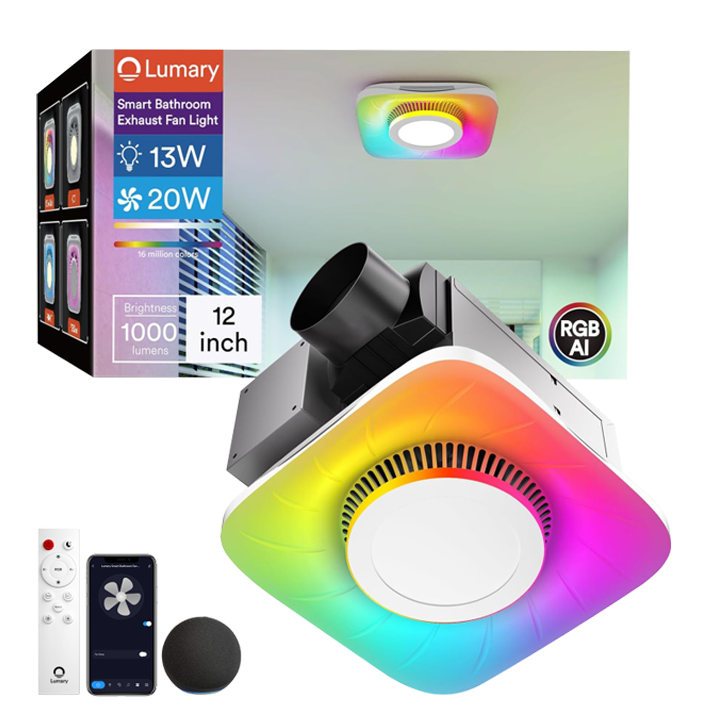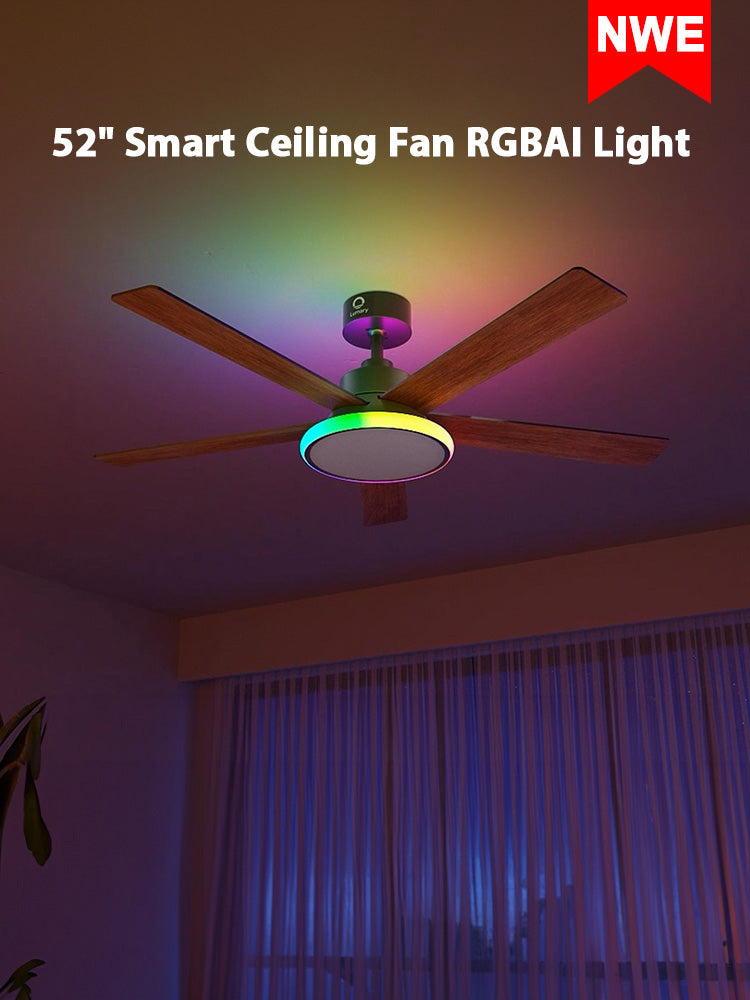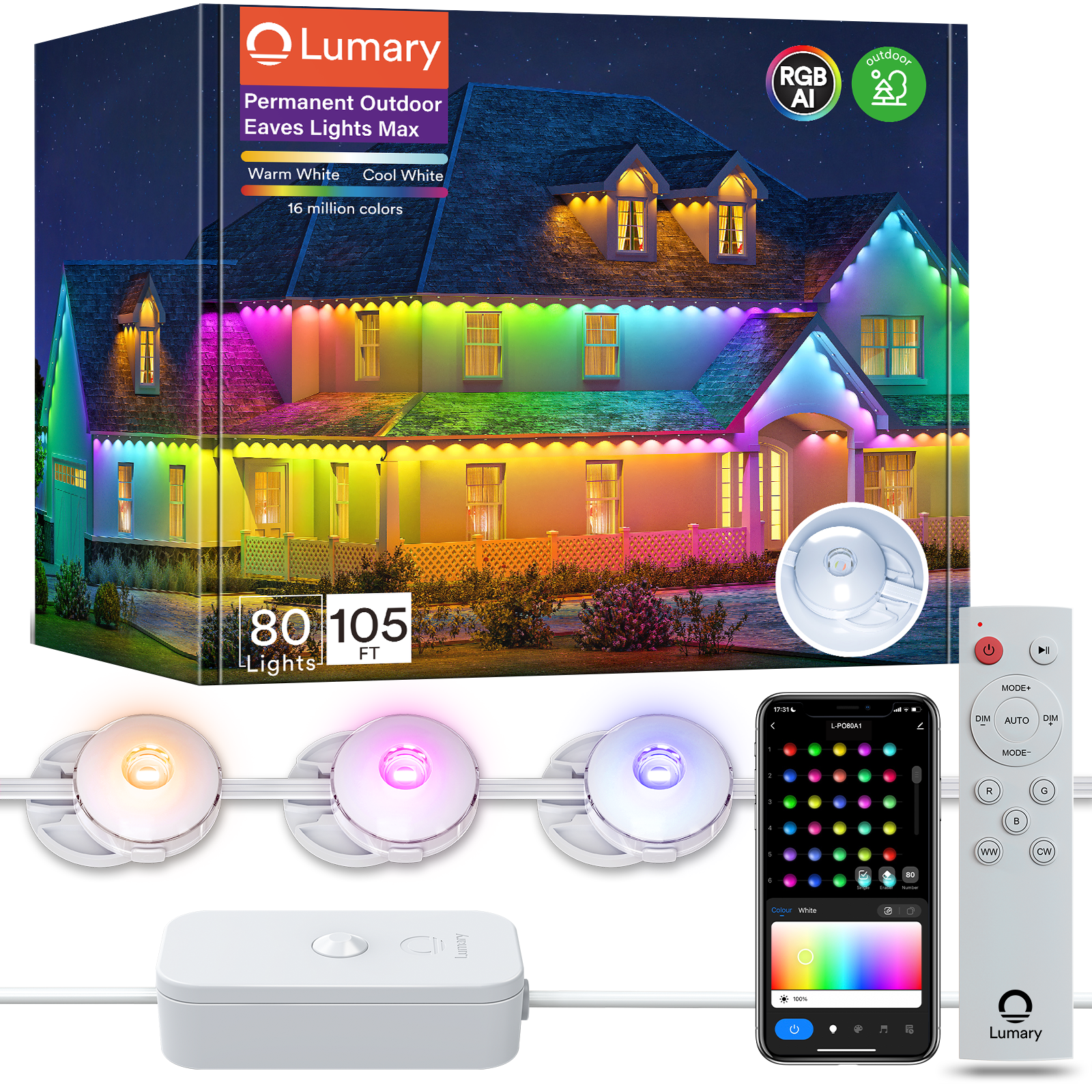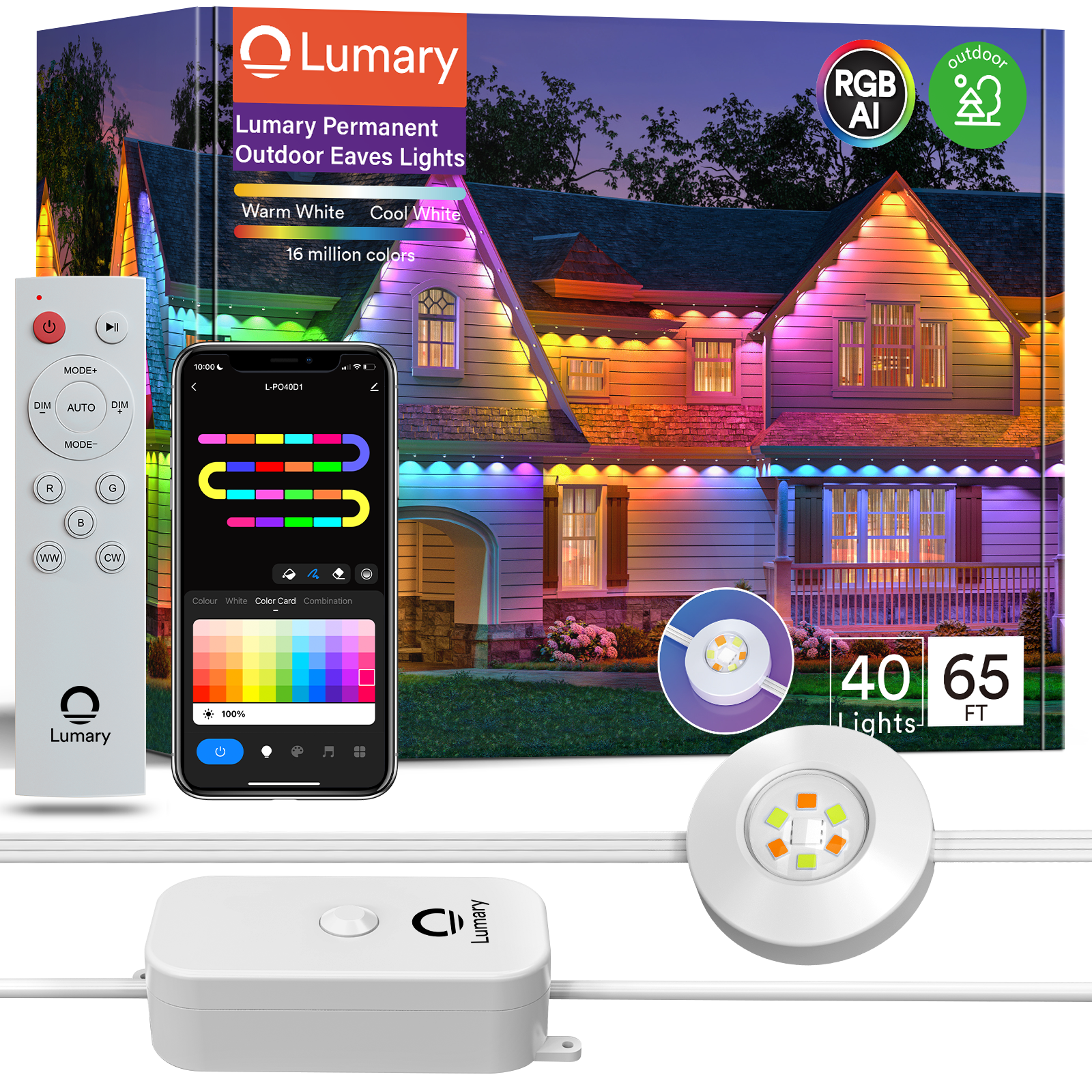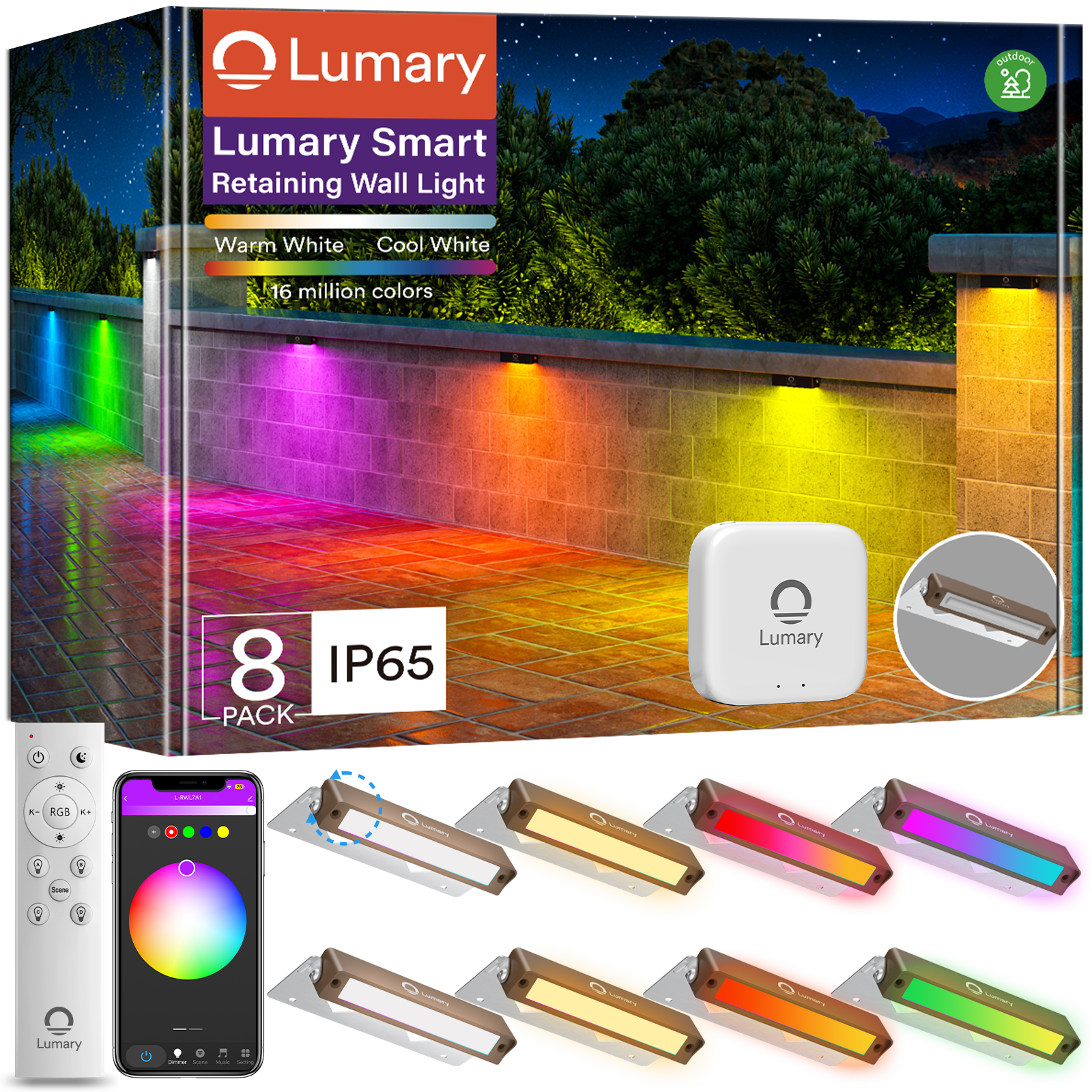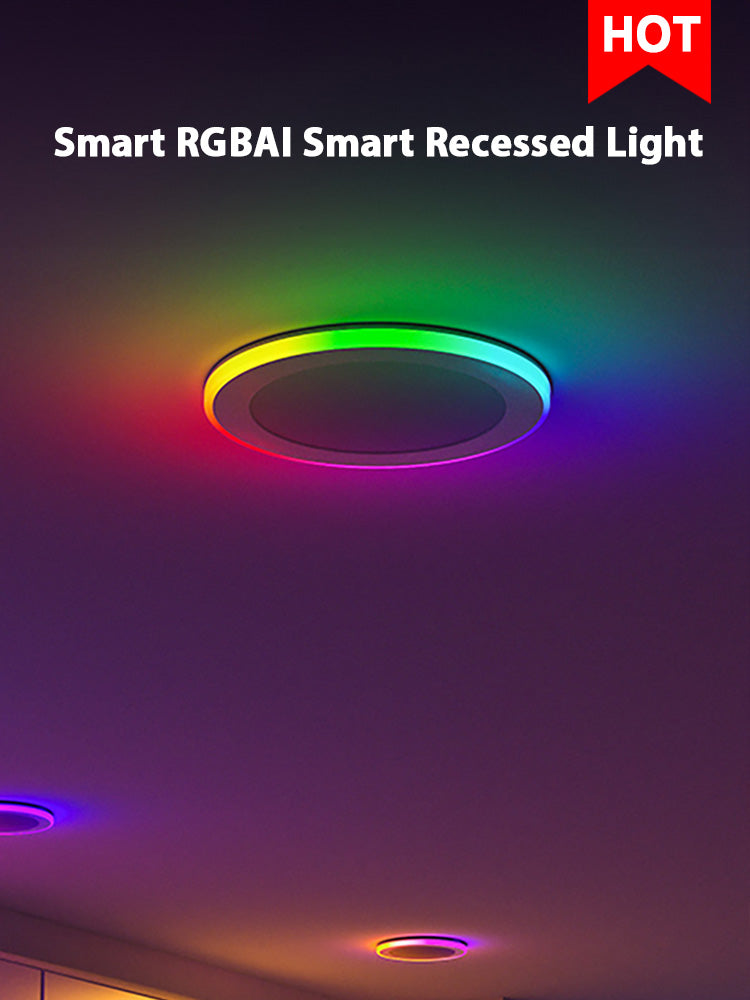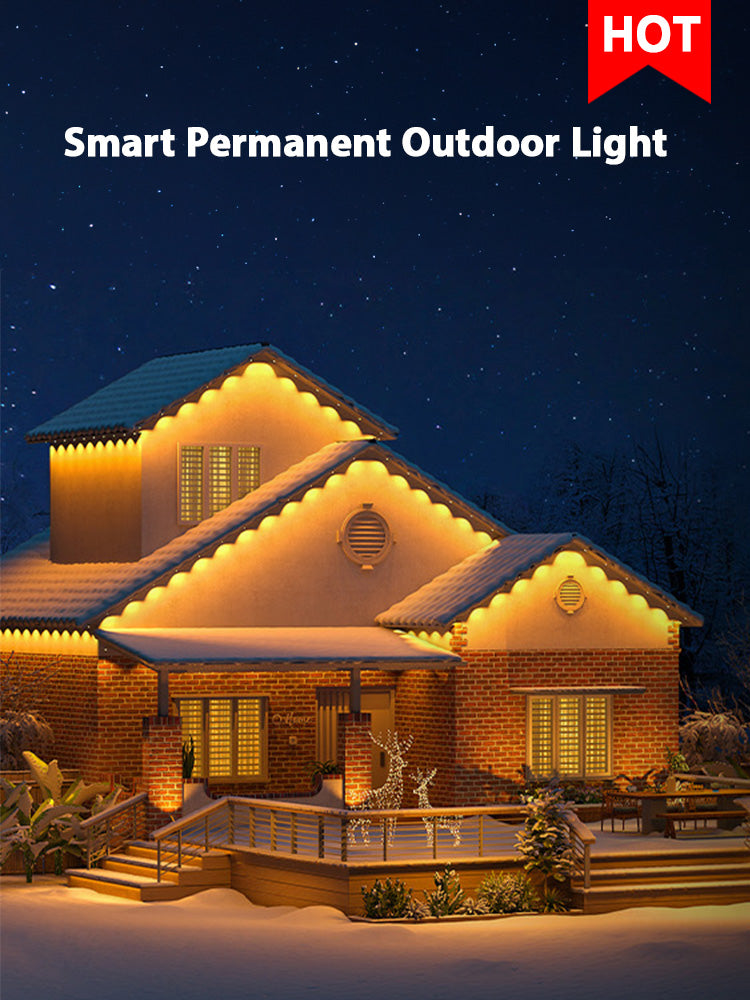Enhance your home's ambiance and functionality with the right ceiling lights. Proper lighting is more than just brightness; it affects your mood, productivity, and overall well-being. This blog aims to guide you in selecting the perfect ceiling light for any room. Consider factors like style, function, and size to create a harmonious space that meets your needs. Let's delve into the world of lighting to transform your rooms into inviting sanctuaries.

Understanding Different Types of Ceiling Lights
Chandeliers
Chandeliers, such as Louis Poulsen Ceiling Lights, hang elegantly from the ceiling, casting light upwards to create a warm ambiance in dining rooms or grand entryways. These fixtures are not only functional but also serve as exquisite decorative elements that can elevate the overall style of a room.
Ideal rooms for chandeliers
-
Dining rooms: Illuminate your dining table with a dazzling chandelier, adding a touch of sophistication to your meals.
-
Foyers: Make a grand entrance by welcoming guests with a stunning chandelier that sets the tone for your home's decor.
Style considerations
-
Timeless designs: Opt for classic styles like crystal chandeliers for a luxurious feel that never goes out of fashion.
-
Modern aesthetics: Embrace contemporary designs with sleek metal finishes and minimalist shapes for a chic look.
Pendant Lights
Pendant Lights, such as those from Belid Ceiling Lights, offer versatile lighting solutions that can be both functional and stylish. Suspended from the ceiling, these lights provide focused illumination ideal for kitchen islands or dining areas.
Best uses for pendant lights
-
Kitchen islands: Hang pendant lights above your island to brighten up meal prep areas while adding a modern flair to your kitchen.
-
Dining areas: Create an intimate dining experience by installing pendant lights directly over the table for targeted lighting.
Design variations
-
Industrial charm: Explore industrial-style pendants with exposed bulbs and metal accents for a trendy urban look.
-
Artistic flair: Choose artistic pendant designs featuring unique shapes and materials to make a bold statement in any room.
Flush and Semi-Flush Mount Lights
For spaces with lower ceilings, Flush Mount Lights provide practical lighting solutions without sacrificing style. On the other hand, Semi-Flush Ceiling Fixtures offer a balance between functionality and aesthetics by providing ambient light with an elegant touch.
Differences between flush and semi-flush
-
Installation height: Flush mounts sit snug against the ceiling, while semi-flush fixtures hang slightly lower, creating a subtle gap between the fixture and the ceiling.
-
Light distribution: Flush mounts direct light downwards, making them ideal for general illumination, whereas semi-flush fixtures radiate light both upwards and downwards, offering ambient lighting throughout the room.
Suitable room types
-
Hallways: Illuminate narrow hallways with flush mount lights to ensure even brightness along the corridor.
-
Bedrooms: Enhance bedroom decor with semi-flush mount fixtures that provide soft ambient lighting conducive to relaxation.
Recessed Lighting
Benefits of recessed lighting
-
Recessed lighting offers a sleek and modern lighting solution that blends seamlessly into the ceiling, providing ample illumination without occupying visual space. It creates a clean and unobtrusive look in any room, enhancing the overall aesthetic appeal.
-
Enhances room spaciousness by eliminating the need for bulky fixtures that can clutter the ceiling and walls, giving the illusion of a larger area.
-
Provides versatile lighting options for different tasks and moods, allowing you to adjust the brightness levels to suit various activities throughout the day.
Installation tips
-
When installing recessed lighting, consider the room's layout and purpose to determine the optimal placement for each fixture. Position them strategically to avoid shadows and ensure even distribution of light across the space.
-
Measure the spacing between each recessed light based on the room size and desired illumination intensity.
-
Choose LED bulbs for energy efficiency and longevity, reducing maintenance needs and operating costs over time.
-
Use dimmer switches to control the brightness levels according to your preferences, creating ambiance and saving energy when full brightness is not required.
Factors to Consider When Choosing Ceiling Lights
Room Size and Ceiling Height
Proportional lighting choices
When selecting ceiling lights, it's essential to consider the room's dimensions to ensure proper illumination. For spacious areas, opt for fixtures that provide ample brightness without overwhelming the space. In contrast, smaller rooms benefit from ceiling lights that offer a cozy ambiance while adequately lighting the area.
Tips for low vs. high ceilings
For rooms with low ceilings, choose ceiling lights that are sleek and compact to avoid creating a cramped feel. These fixtures should blend seamlessly with the ceiling while providing sufficient light coverage. In spaces with high ceilings, consider statement ceiling lights that draw the eye upward, adding visual interest and enhancing the room's overall aesthetic.
Functionality and Purpose
Task lighting vs. ambient lighting
Differentiate between task lighting and ambient lighting when determining the ceiling lights for each room. Task lighting is crucial in areas where specific activities are performed, such as kitchens or home offices. On the other hand, ambient lighting sets the overall mood of a room, creating a welcoming atmosphere for relaxation or social gatherings.
Specific needs for different rooms (kitchen, bedroom, living room, etc.)
Tailor your choice of ceiling lights to meet the unique requirements of each room in your home. In the kitchen, prioritize bright and focused lighting above work surfaces to aid in meal preparation. Bedrooms benefit from soft and warm ceiling lights that promote relaxation and comfort. Living rooms call for versatile fixtures that can adapt to various activities like reading or entertaining guests.
Style and Aesthetics
Matching lighting with room decor
Harmonize your ceiling lights with the existing decor style of each room to create a cohesive look throughout your home. Consider elements such as color schemes, furniture styles, and textures when selecting fixtures to complement the overall design scheme.
Popular design trends
Stay informed about current design trends in ceiling lights to infuse your home with modern flair and sophistication. Explore options like minimalist designs with clean lines for a contemporary aesthetic or vintage-inspired fixtures for a touch of nostalgia. By incorporating trendy ceiling lights, you can elevate your interior decor while staying true to your personal style preferences.
Energy Efficiency
LED vs. Traditional Bulbs
-
LED bulbs are known for their energy efficiency, consuming significantly less power than traditional incandescent bulbs. This translates to lower electricity bills and reduced energy consumption, making them an environmentally friendly choice.
-
Traditional bulbs, on the other hand, are less efficient as they produce more heat while generating light. This inefficiency results in higher energy costs over time and a shorter lifespan compared to LED alternatives.
Long-term Cost Savings
-
Opting for LED ceiling lights can lead to substantial long-term cost savings due to their extended lifespan and lower energy usage. While LED bulbs may have a higher upfront cost, their durability and efficiency make them a cost-effective investment in the long run.
-
In contrast, traditional bulbs require more frequent replacements and consume more electricity, contributing to higher maintenance expenses over time. By choosing energy-efficient LED options, you not only save money but also reduce your environmental impact through sustainable lighting choices.
Practical Tips for Installation and Maintenance
Professional Installation vs. DIY
When to hire a professional
-
Consider hiring a professional for ceiling light installation in rooms with high ceilings or complex wiring requirements to ensure safety and proper functionality.
-
Professional electricians possess the expertise to handle intricate electrical connections and mounting procedures, guaranteeing a secure and efficient installation process.
-
Seeking professional assistance is advisable when dealing with specialized ceiling light fixtures that demand precise positioning or customized wiring configurations.
Basic DIY tips
-
Start by turning off the power supply to the room before attempting any ceiling light installation to prevent electrical accidents or damage to the fixture.
-
Familiarize yourself with the fixture's assembly instructions and ensure you have all the necessary tools, such as a screwdriver and wire strippers, for a successful DIY installation.
-
If uncertain about wiring procedures or compatibility issues, consult online tutorials or manufacturer guides to gain insights into common ceiling light installation practices.
Maintenance and Cleaning
Regular cleaning routines
-
Establish a regular cleaning schedule for your ceiling lights by dusting them gently with a soft microfiber cloth to maintain their brightness and clarity.
-
Avoid using harsh cleaning chemicals that may damage the fixture's surface or affect its lighting quality; opt for mild soapy water solutions instead.
-
Inspect your ceiling lights periodically for any signs of wear or malfunction, addressing minor issues promptly to prevent further damage or safety hazards.
Troubleshooting common issues
-
If your ceiling lights flicker intermittently, check for loose connections or faulty bulbs that may need tightening or replacement to restore consistent illumination.
-
In case of persistent dimming or uneven lighting distribution, examine the wattage compatibility of your bulbs with the fixture's specifications and replace them accordingly.
-
For unresponsive ceiling lights, verify the power source, circuit breaker settings, and switch functionality before seeking professional assistance for more complex electrical troubleshooting.
-
Summarize the importance of selecting the right ceiling light for your room based on factors like style, function, and energy efficiency.
-
Consider all aspects carefully before making a decision to ensure optimal lighting that enhances both ambiance and productivity.
-
The impact of choosing the perfect ceiling light extends beyond illumination; it shapes the atmosphere and mood of your living spaces.

